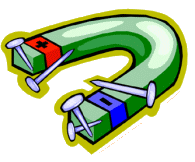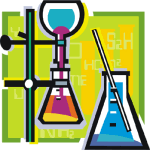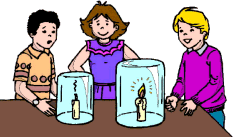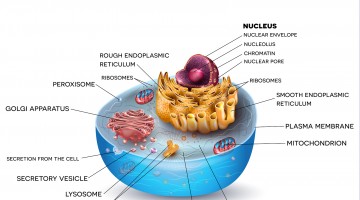Magnetism is a force that attracts and repels things. It is the result of the movement of charged particles. Although the theoretical concept may sound difficult, it is easy to demonstrate to even young children with very simple experiments. Nickel …[Continue]
Environmental Science
Environmental science (also called ecology or bionomics) is a branch of biology that studies the relationship between organisms and their environment. It encompasses topics such as climate change, energy, endangered species, land use and more. Today’s website picks cover a …[Continue]
Science Fair Ideas
Fretting over your science fair project? Having trouble coming up with an idea that interests you? Jump start your creative thinking by browsing through these science fair sites that list hundreds of projects, along with tips on choosing one that’s …[Continue]
Easy Science Experiments
Hands-on science experiments at home or in the classroom are a fun way to engage kids and get them excited about science. Today’s sites house hundreds of easy experiments that can be done with supplies that you probably have around …[Continue]
Physics
2005 was named The World Year of Physics to coincide with the one-hundredth anniversary of three of Albert Einstein’s groundbreaking discoveries. In 1905, Einstein proved the existence of atoms and molecules, validated the concepts of quantum mechanics, and developed the …[Continue]
Science Fair Projects
Each year there’s another batch of science fair pleas in my mailbox. “Help! My daughter (or son) needs a science fair project. Can you suggest one?” Each year, my answer is always the same: no. I make a point of …[Continue]
Popcorn
Popcorn is fun to make, healthy to eat, and a great ingredient for science experiments. Whether you are entertaining preschoolers or teaching middle-schoolers the scientific method, you’ll find what you’re looking for in these popcorn pages….[Continue]
Cell Biology
Cells are the LEGOs of all living things. Everything living is built from cells. Some organisms (such as amoeba and bacteria) consist of only one cell. At the other end of the scale, our bodies have more than ten trillion …[Continue]
Electricity
In 1752, with his famous storm-flying kite, Ben Franklin discovered lightning was electricity. In 1879, Thomas Edison perfected the electric light bulb. In the twenty-first century, we take our electricity for granted until we don’t have any. A few weeks …[Continue]
Optical Illusions
“Seeing is believing.” “A picture is worth a thousand words.” But sometimes our eyes deceive us, and what we see is only what our brain expects to see. Optical illusions are amusing, but they also teach us a lot about …[Continue]










